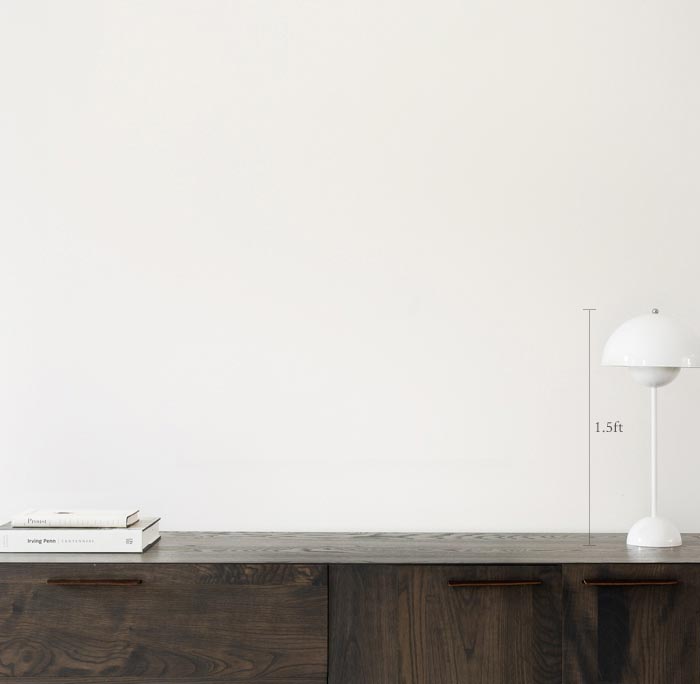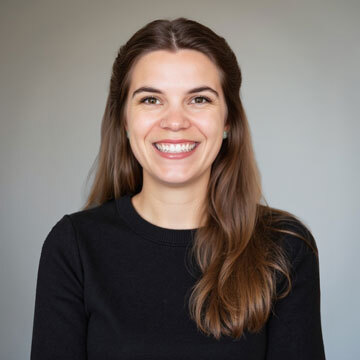




316 Views
2
View In My Room
Painting, Acrylic on Wood
Size: 38 W x 38 H x 3 D cm
Ships in a Box
316 Views
2
Artist Recognition

Artist featured in a collection
ABOUT THE ARTWORK
DETAILS AND DIMENSIONS
SHIPPING AND RETURNS
Con vigor apliqué acrílicos y resinas, infundiendo vida con pigmentos que evocan la intensidad del hierro y la vitalidad del azufre. Mi técnica de modelado en relieve añade profundidad, mientras que el realismo y simbolismo se entrelazan para contar una historia de fuerza y transformación. Esta obra...
Year Created:
2017
Subject:
Styles:
Medium:
Painting, Acrylic on Wood
Rarity:
One-of-a-kind Artwork
Size:
38 W x 38 H x 3 D cm
Ready to Hang:
Not Applicable
Frame:
Not Framed
Authenticity:
Certificate is Included
Packaging:
Ships in a Box
Delivery Cost:
Shipping is included in price.
Delivery Time:
Typically 5-7 business days for domestic shipments, 10-14 business days for international shipments.
Returns:
14-day return policy. Visit our help section for more information.
Handling:
Ships in a box. Artists are responsible for packaging and adhering to Saatchi Art’s packaging guidelines.
Ships From:
Spain.
Customs:
Shipments from Spain may experience delays due to country's regulations for exporting valuable artworks.
Need more information?
Need more information?
Pin Vega
Spain
When he was just a child, as a christening or as a harbinger of artistic experience you would experience as an adult, during a vacation in the swamp of Guadalmellato in the province of Córdoba, PIN decided to dive into the deep waters of this reservoir for unmask the mystery of strange formations clay mineral composition from the shore that were introduced in the water under the strong character of a vein mineral. After your swim initiation, plunged again. But not this time in the shallower waters of academia, resulting in numerous outstanding and Honours in the Faculty of Fine Arts in Madrid Studied in four intensive years of the five career lasting, perhaps precipitated by their desire for independence within the art scene. Studied Fine Arts in photography with Cristina GarcÃa Rodero and Matilde Muzquiz, audiovisual sculpture and three years, ending specialty degree in painting in 1992. Already in 1990 after feeling prepared technically and mentally decided to introduce in the academic art that he occupies today and that feels irrevocably drawn. Later also devoted to teaching drawing him especially expansive creativity of children. Exhibited for three consecutive years in different cities of Germany falling in love with your color palette and its velvety finish that stage the German public, which keeps a fond memory. Specific pigments selected for their works suggest the most basic human concerns. Pigments of the highest quality and purity, and preferably, due to its purist technical preparation of mineral origin. At first only worked with essentially warm colors and matte finishes but in their evolution eventually incorporate most beautiful blue, bright finishes, emulating water surfaces and the present absolute green, as the color of life. His work presents a language recognized by everyone, a timeless mystical perception. As happens in nature all depends on how you look and what you want to see that it is something mystical. The spaces you'll discover below, are illusory spaces but analogies with real spaces, realities in themselves. PIN, attracted by the unknown seeks to create mystery through elements such as emptiness, darkness and the unknown.
Artist Recognition

Artist featured by Saatchi Art in a collection
Why Saatchi Art?
Thousands of
5-Star Reviews
We deliver world-class customer service to all of our art buyers.
Global Selection of Original Art
Explore an unparalleled artwork selection from around the world.
Satisfaction Guaranteed
Our 14-day satisfaction guarantee allows you to buy with confidence.
Support Emerging Artists
We pay our artists more on every sale than other galleries.
